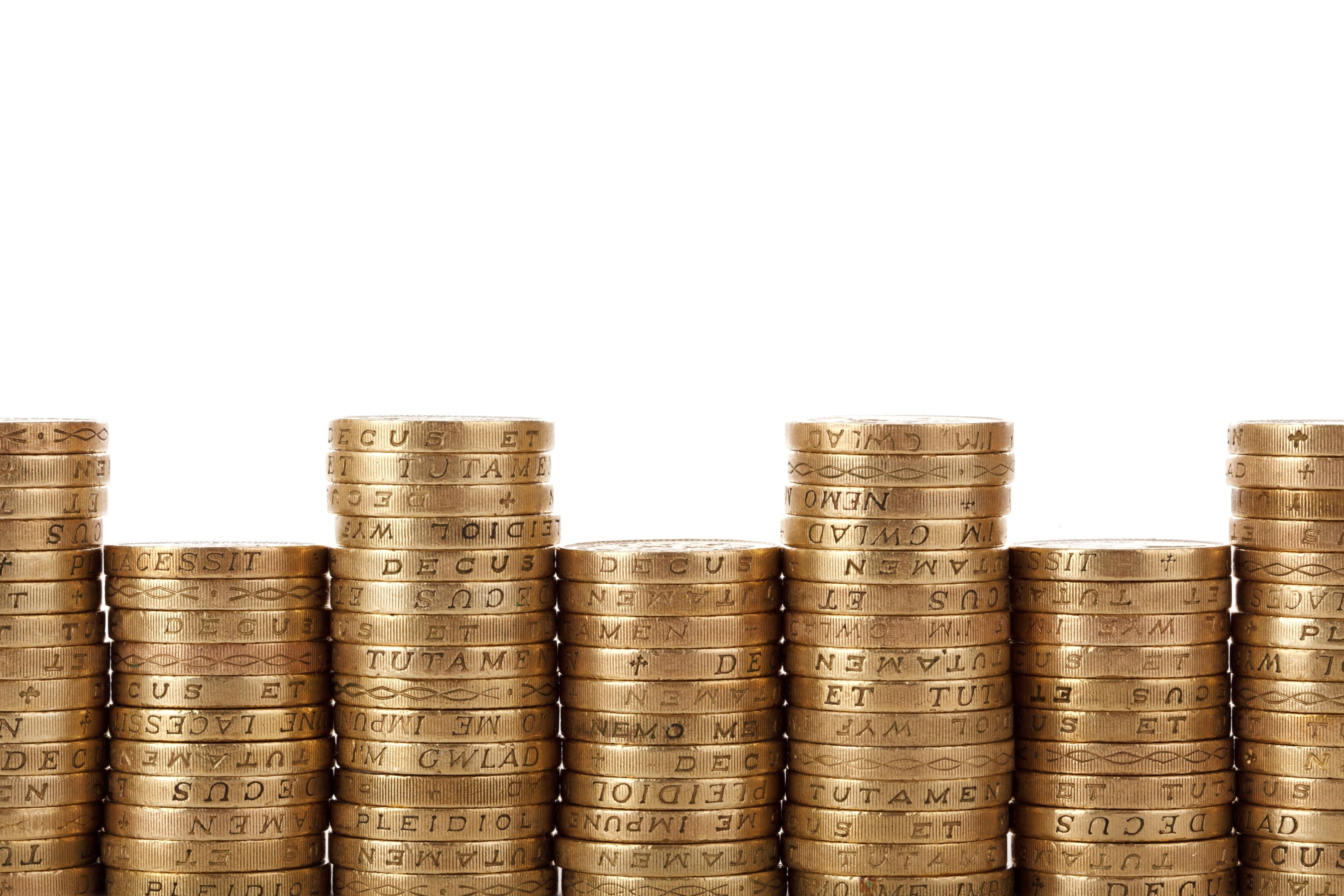Deciding whether a secured loan or unsecured loan is the right option for you can be difficult – you want to be certain you’re making the right decision so you’re not disappointed at a later date. To guide you in the right direction, we’ve condensed the key differences between each into understandable and digestible chunks.
Defining secured loans
A secured personal loan is used for borrowing sizeable sums of money, usually in excess of £3,000 and up to a maximum of £75,000 – with the average amount sitting around the £10,000 mark. Secured loans are easier to obtain than unsecured loans, and can simply be defined as any loan backed by an asset. This asset can take many different forms; properties are often used, but other options include cars, savings or stocks and commodities like silver and gold.
These assets are used as collateral if a borrower fails to meet the repayment terms and conditions agreed with the lender – as in keeping with the loan agreement. When a borrower fails to meet the repayment schedule, the lender is in their right to repossess the asset as collateral – and the borrower may still owe money, too, if the asset doesn’t meet the required value.
Secured loans are cheaper to obtain – with lower interest rates – as they’re less risky for the lender to approve due to the provided ‘safety net’ of the asset.
Secured loans can come in many forms, including but not limited to:
- Debt consolidation
- Second mortgages
- First charge mortgages
- Homeowner loans
Secured loan repayments generally take place for around five to twenty years. By choosing to borrow for a shorter period of time, the interest you pay will be greatly reduced. And while reducing the borrow time does mean each payment will be more in the short term, it’s ultimately less costly overall – as your loaned sum won’t continue to build interest.

Defining unsecured loans
Many people ask “what is an unsecured loan and should I be worried about getting one?” because the word ‘unsecured’ suggests risk. An unsecured loan is actually less risky for borrowers than a secured one, as you won’t have to secure against an asset in order to obtain the loan.
Because there’s no collateral in place, lenders will often impose a higher interest percentage to compensate the risk of agreeing to the loan. However, the maximum amount you can expect to borrow is more limited, at around £35,000 maximum, depending on your credit rating.
This means, if a borrower fails to meet the agreed repayment plan, they wouldn’t necessarily be at risk of losing their home – although the financial burden could result in the borrower selling to raise equity.
Some examples of common unsecured loans include:
- Credit cards
- Student loans
- Personal loans
Unsecured personal loans operate with a repayment cycle that lasts for around one to seven years. If you have black marks on your credit history, an unsecured loan may be difficult to obtain – in which case you may find yourself having to pursue a secured loan, instead, or find an alternative method for raising the finance you need.
Determining what’s best for you

Prior to applying for either loan, it’s important to remember that lenders will request your payment history from the relevant credit bureau. Taking time to compare the conditions and suitability of a secured loan or an unsecured loan is vital to ensuring you make an informed and sensible decision.
You don’t want a misjudged loan to result in a bad credit rating for yourself, or worse, the loss of your home or car. Ensure the details of the loan are comfortably repayable before you agree to any deal, approaching your application with patience. Never borrow any amount which you aren’t certain you’ll be able to pay back in due course. If a borrower’s credit rating is poor, they should consider secured loans for bad credit, as they’re more likely to be approved.
If a borrower has a great credit rating but doesn’t want to offer any of their assets as collateral – and are comfortable paying larger repayments over a shorter period of time – then an unsecured loan is perhaps the best option for them. However, these are just generalisations, and each loan should be approached differently depending on your personal circumstances and requirements.
Find out more about secured loans
For more information on other loan types, including unsecured loans, see the rest of our site or browse the Jolly Good Loans blog


